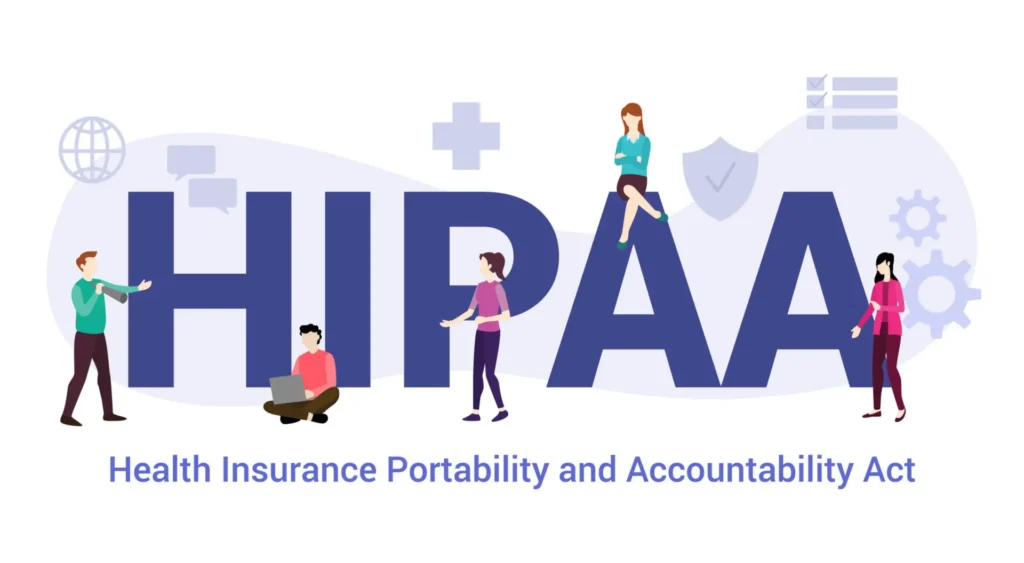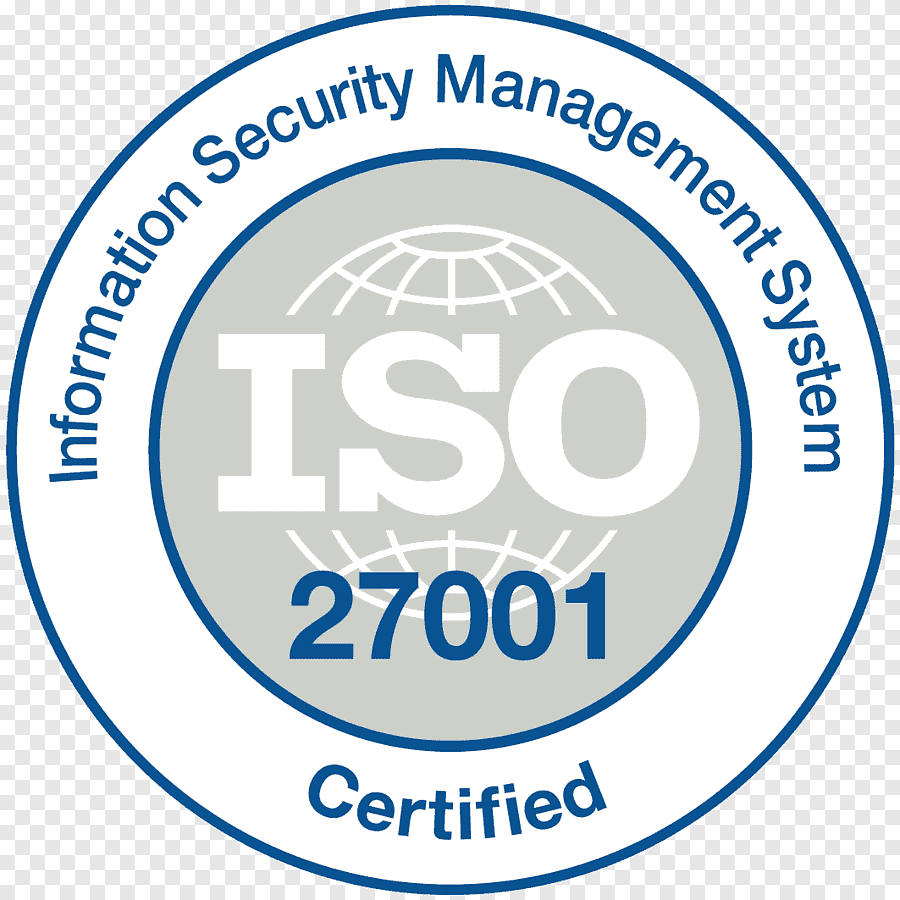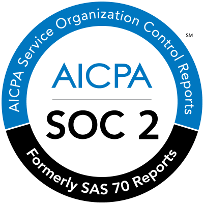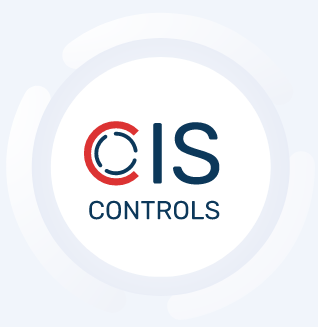HIPAA

What is HIPAA?
HIPAA, which stands for the Health Insurance Portability and Accountability Act of 1996, is a United States federal law with two main goals:
1. Protecting Your Health Information: HIPAA sets National Standards to safeguard individually identifying Protected Health Information (PHI). This includes any information related to your past, present, or future physical or mental health conditions, healthcare services received, or payments for those services. Examples of PHI include medical records, test results, diagnoses, prescriptions, and insurance claims.
2. Ensuring Health Insurance Portability: HIPAA guarantees you can maintain health insurance coverage when changing or losing jobs. It prevents insurers from denying coverage based on pre-existing conditions or your employment history.
Why does your organization require HIPAA?
- Reduced Risk of Breaches: By implementing and maintaining HIPAA compliance measures, organizations minimize the risk of data breaches and unauthorized access to PHI. This protects patient privacy and reduces potential financial penalties and reputational damage.
- Increased Trust and Loyalty: Demonstrating commitment to HIPAA compliance fosters trust and strengthens relationships with patients. This can lead to increased patient loyalty and satisfaction.
- Standardized Practices: HIPAA establishes clear guidelines for handling PHI, ensuring consistency and streamlining data management processes within organizations.
- Improved Security: Implementing HIPAA-compliant security measures not only protects patient data but also enhances overall data security within the organization.
- Competitive Advantage: In an increasingly privacy-conscious healthcare landscape, adhering to HIPAA can be a competitive differentiator, attracting patients who value data protection.


Why does your organization require HIPAA?
- Reduced Risk of Breaches: By implementing and maintaining HIPAA compliance measures, organizations minimize the risk of data breaches and unauthorized access to PHI. This protects patient privacy and reduces potential financial penalties and reputational damage.
- Increased Trust and Loyalty: Demonstrating commitment to HIPAA compliance fosters trust and strengthens relationships with patients. This can lead to increased patient loyalty and satisfaction.
- Standardized Practices: HIPAA establishes clear guidelines for handling PHI, ensuring consistency and streamlining data management processes within organizations.
- Improved Security: Implementing HIPAA-compliant security measures not only protects patient data but also enhances overall data security within the organization.
- Competitive Advantage: In an increasingly privacy-conscious healthcare landscape, adhering to HIPAA can be a competitive differentiator, attracting patients who value data protection.
Our Approach
1. Identifying Covered Entities and Business Associates:
- Covered Entities: Includes healthcare providers, health plans, and healthcare clearing houses directly transmitting health information electronically must comply with HIPAA.
- Business Associates: Entities providing services to covered entities and accessing/using protected health information (PHI) also need to comply.
2. Understanding Key Rules:
- Privacy Rule: Defines how covered entities can use and disclose PHI. Individuals have specific rights under this rule (e.g., access, amendment, accounting of disclosures).
- Security Rule: Mandates security measures to protect e-PHI (confidentiality, integrity, availability).
- Breach Notification Rule: Requires reporting breaches of unsecured PHI to affected individuals and authorities.
3. Implementing Safeguards:
- Implementing Administrative Safeguards: Policies, procedures and training for workforce.
- Implementing Physical Safeguards: Physical measures and controls to protect PHI (e.g., secure storage, access restrictions).
- Implementing Technical Safeguards: Technological measures to secure e-PHI (e.g., encryption, access controls, auditing).
4. Understanding Individual Rights:
- Individuals have rights to:
- Access their PHI.
- Request amendments to their PHI.
- Obtain an accounting of PHI disclosures.
- Request restrictions on PHI use and disclosure.
- Request PHI portability (electronic format).
- Covered entities must have procedures to address these requests.
5. Additional Considerations:
- Risk Assessments and Management: Conducting ongoing evaluation and mitigation of risks to PHI security.
- Incident Response: Establishing procedures for identifying, responding to, and reporting security incidents.










